Best bass amps 2025: top choice amplification options for bassists
Dive into our best bass amp guide to discover the options that deliver the power and features to suit your low-end needs, whatever your budget
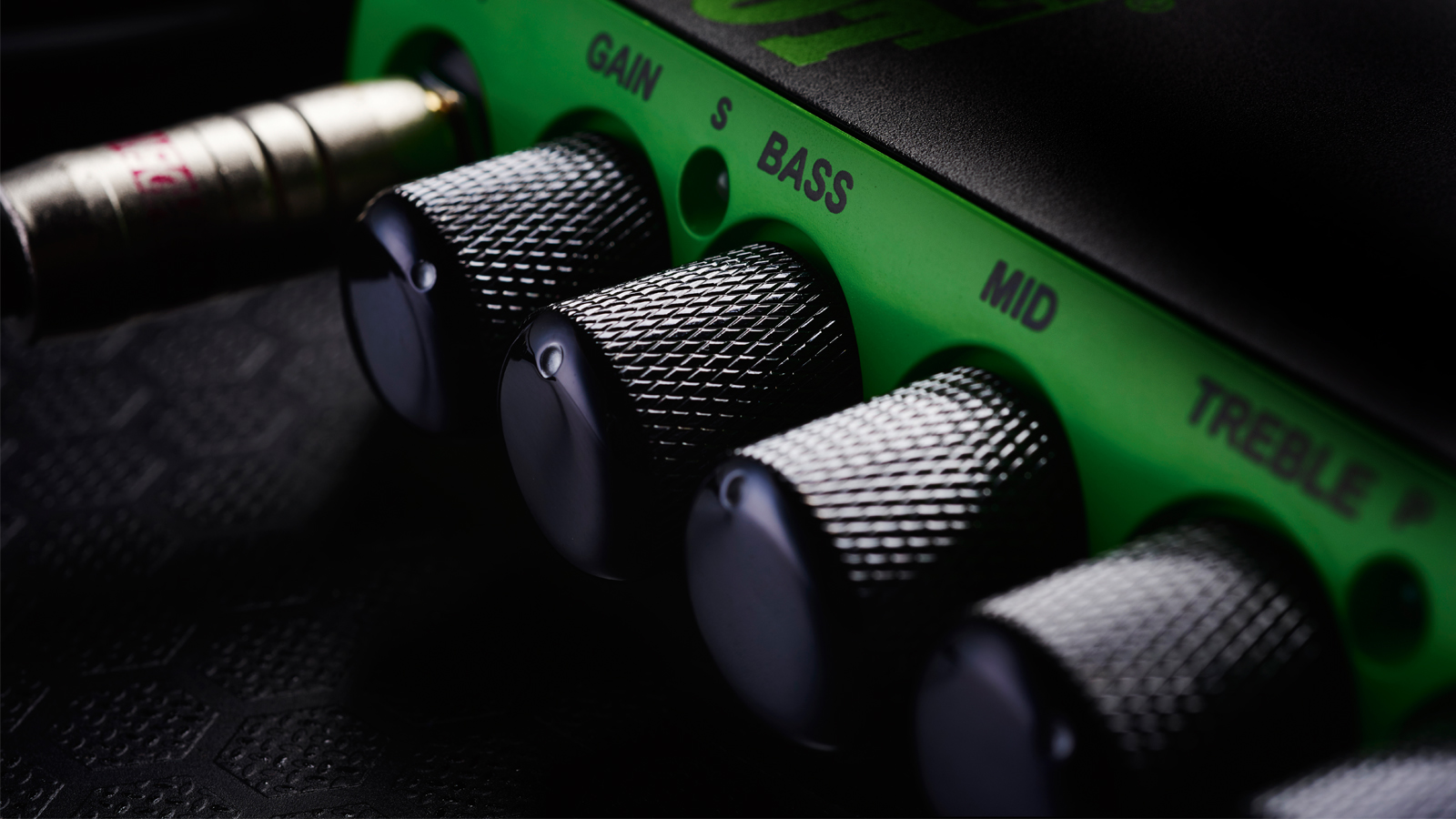
1. Quick list
2. Best for practice
3. Best budget head
4. Best classic tone
5. Best with effects
6. Best for portability
7. Best modern tones
8. More options...
9. Buying advice
10. How we choose
So, you’ve got your perfect bass guitar primed and ready to go. The next step on the way to bottom-end tonal bliss is one of the best bass amps. The bass guitar can be seen as the glue that holds a band together, moulding together the melody of the guitars and vocals with the rhythm of the drums, so it’s important that your tone is on point.
The last decade or so has been a pretty exciting time for the bass, and as such, the best bass amps reflect this. If you want a straight-up, simple bass amp that delivers a clear and clean tone, then there are plenty that do that. If you want to add some grit or even effects to your sound, then you’re catered for there too.
Whether you’re practicing at home, rehearsing with a band or playing live in any scenario, the best bass amp should allow you to be heard by your audience as needed. From compact combos to powerful heads, we’ve picked out a range of fantastic options that can help you deliver that precious low end.
Best bass amps: Quick list
Want to cut to the chase and find out exactly which we think are the best bass amps on the market right now? Below, you’ll find a round-up of our top choices. You can jump to a more detailed review of every pick and our smart price comparison tool will help you find the best deals from across the internet.
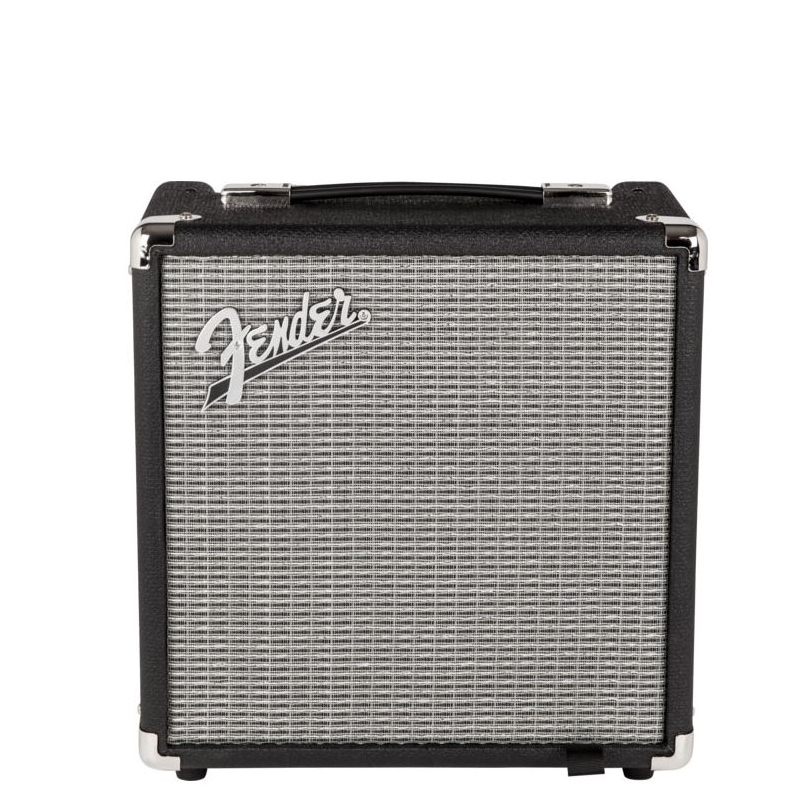
This stylishly petite amp delivers 15-watts of power - more than enough for practicing at home. The headphone out means you can practice any time of day without disturbing the whole household, while the aux-in allows you to jam along with your favourite tracks via your phone or device.
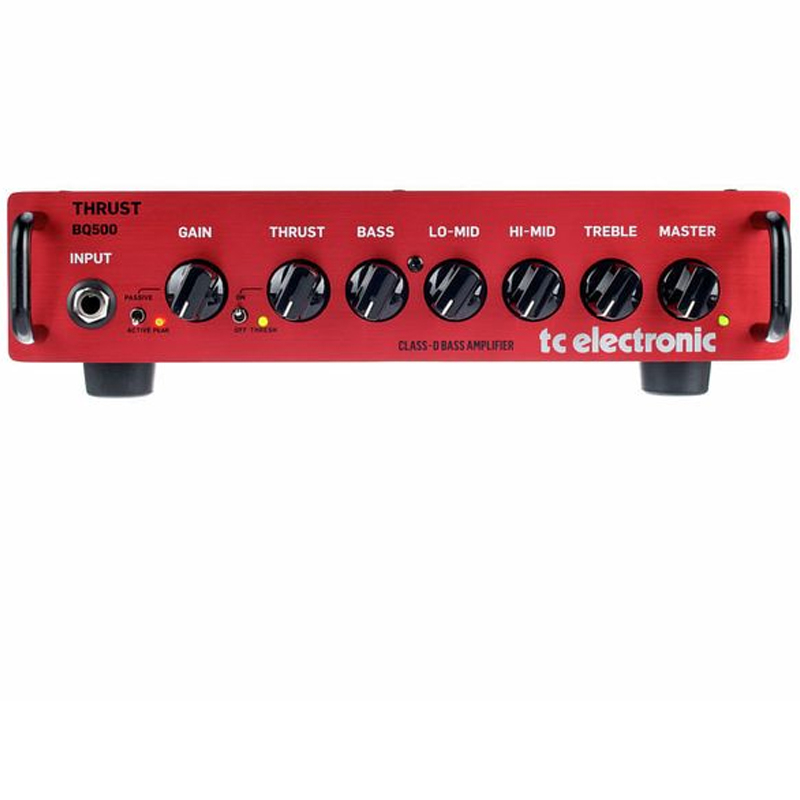
While, understandably, this list contains some of the most sought-after, top tier bass amps on the market today, there’s some incredible amps to be found at the other end of the price spectrum. The TC Electronic Thrust BQ500 resides nearer the entry-level mark, but delivers a quite brilliant package for a shade under $/£300, including silent practice functionality and an onboard compressor.
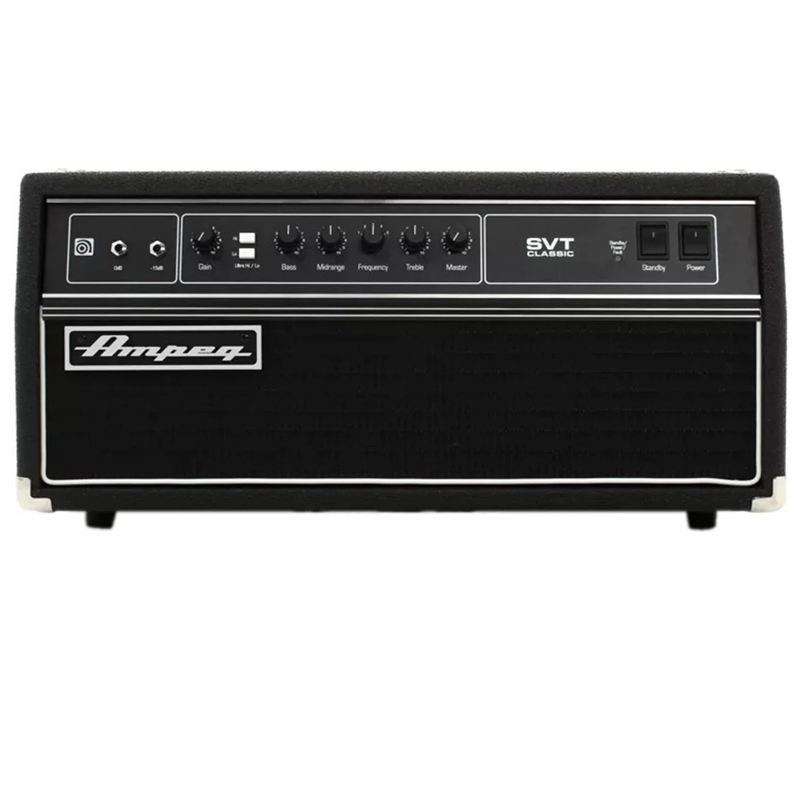
It's fair to say Ampeg set the standard for bass amplification in the late ‘60s/early ‘70s. This amp is a recreation of the classic - and much desired - Ampeg amp. With eleven valves across the preamp, power amp and drive sections, if you're after tube performance, this is one of the best bass amps to try.
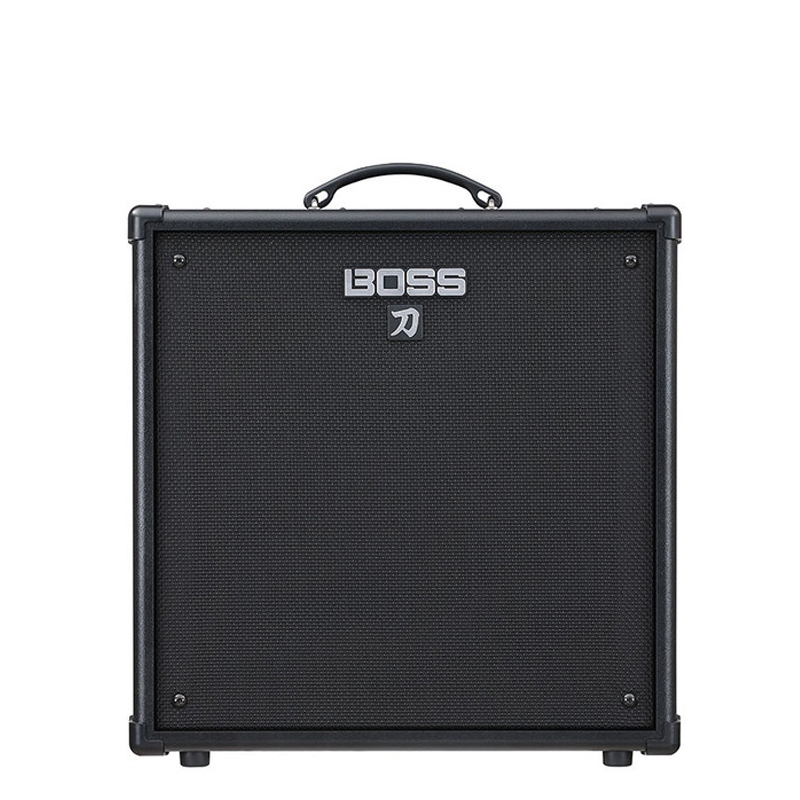
This is a really versatile 60W combo, fitted with a 10” speaker, plus tweeter. There are three different amp models: Vintage, Flat and Modern, each with its own tonal character. You’ll find that certain modes will work well for different styles of music, but between all three you’ve got pretty much everything covered! You’ve then got two selectable effects for things like reverb, delay, octave, synth and loads more, plus two dedicated sections for drive and compression – absolute must-haves for so many bassists.
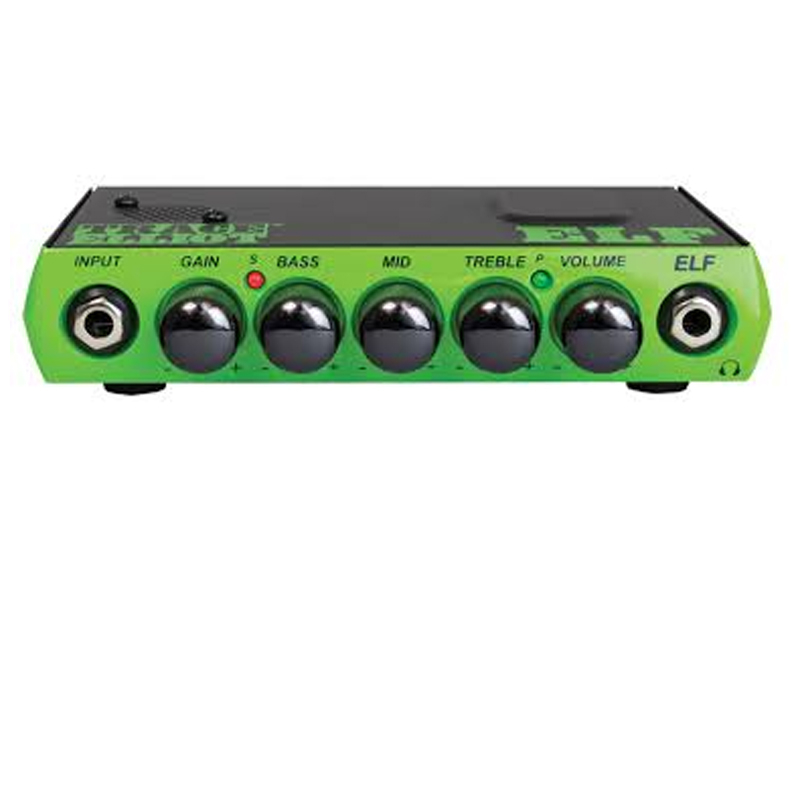
The resurrected Trace Elliot has much to live up to, considering what TE used to stand for in terms of bass amplification. Obviously, the Elf is a very different proposition to the leviathan TE amps of the ‘80s, but don't let its size deceive you. Tonally, there is much to be impressed by. The limited EQ section does its job well, while the LED indicators highlight when the in-built compression and drive functionality are in operation.
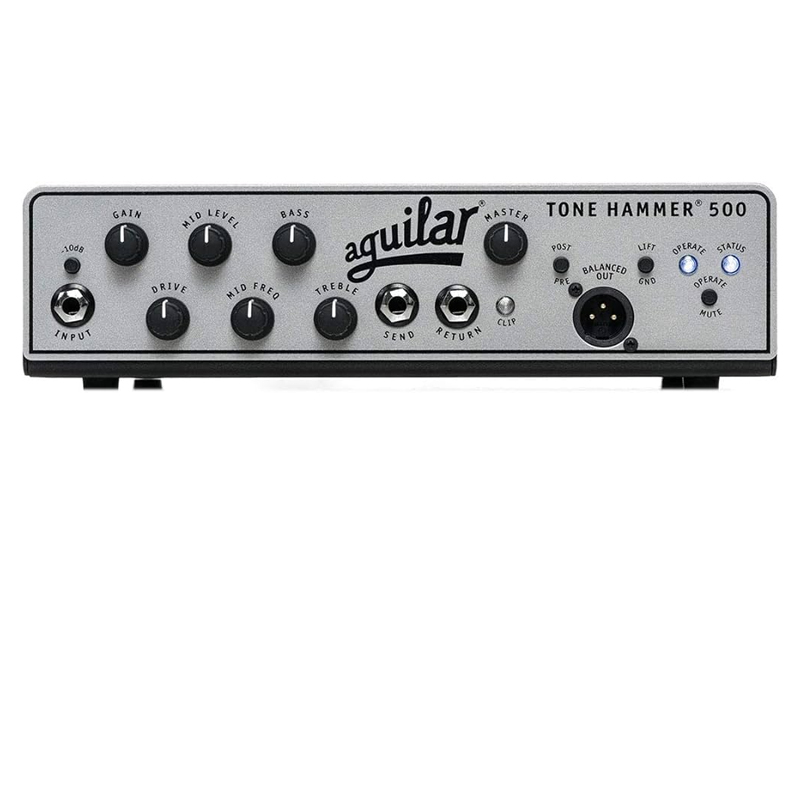
Probably one of the best solid-state bass amp heads money can buy, the Aguilar Tone Hammer offers fearsome bass sounds in a package that weighs practically nothing. You also get incredible versatility to dial in pretty much any bass tone you like. The drive control works in conjunction with the EQ section to vary the tone depending on your gain settings.
The best bass amps in 2023
MusicRadar's got your back
Best for home practice
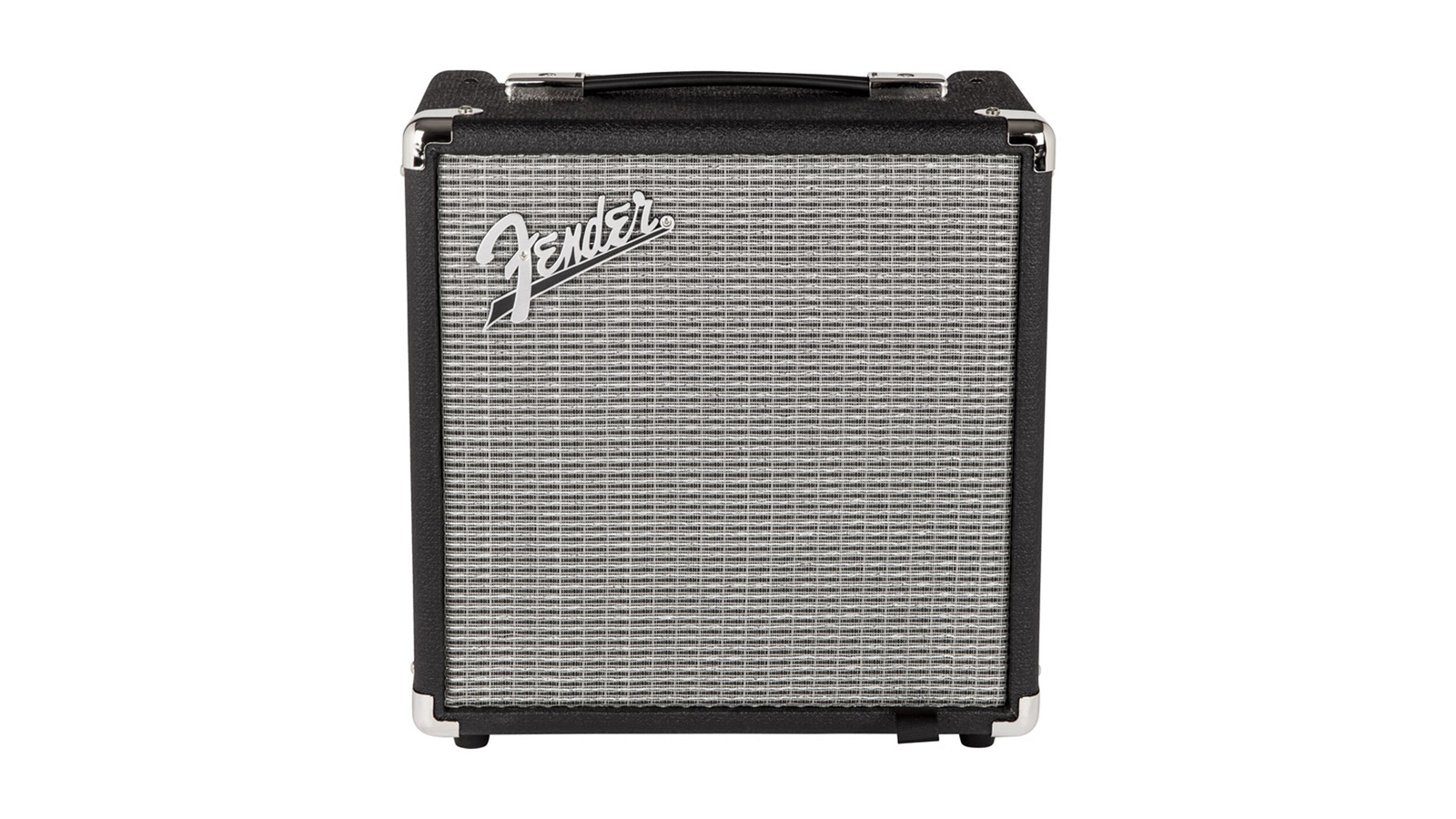
1. Fender Rumble 15
Our expert review:
Specifications
Reasons to buy
Reasons to avoid
If you’re looking for a reliable home practice amp, then look no further. Designed to be compact, lightweight, and portable - the Fender Rumble series is ideal for beginners and professionals alike.
This stylishly petite amp delivers 15-watts of power - more than enough for practicing at home. The headphone out means you can practice any time of day without disturbing the whole household, while the aux-in allows you to jam along with your favourite tracks via your phone or device.
This little amp has it all, the look, the sound, and most importantly it’s affordable!
Best budget bass head
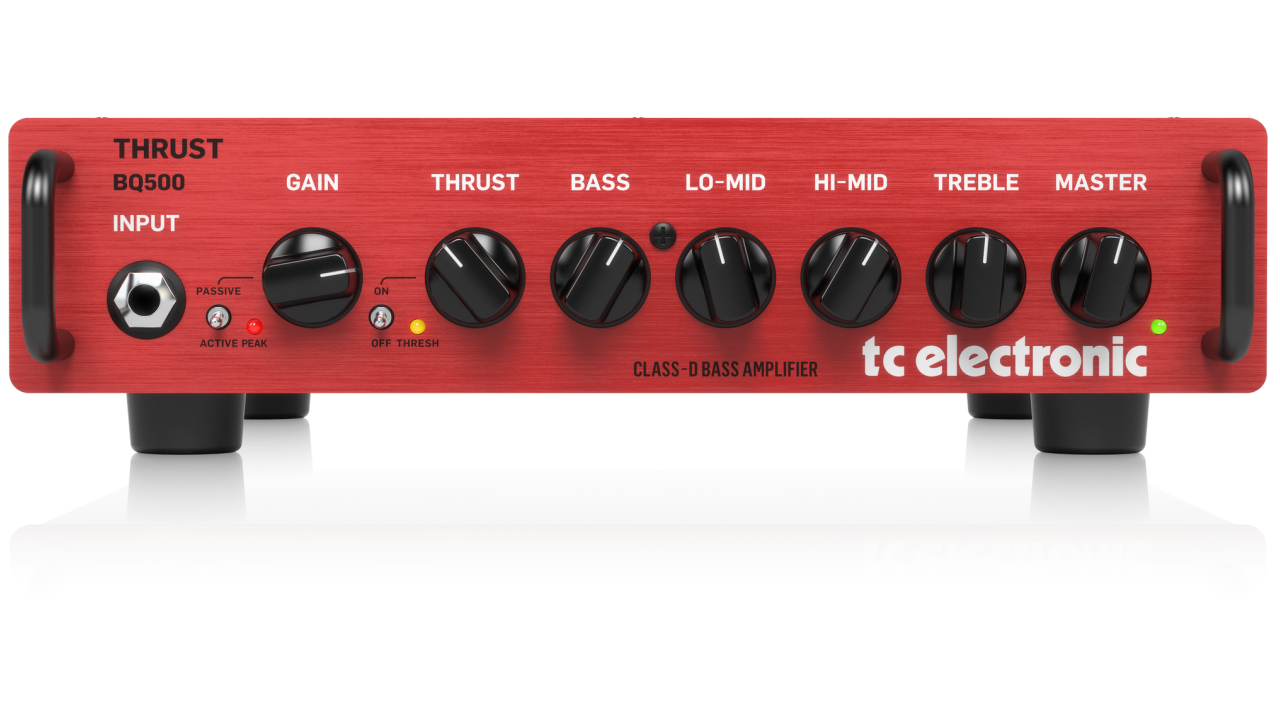
2. TC Electronic Thrust BQ500
Our expert review:
Specifications
Reasons to buy
Reasons to avoid
While, understandably, this list contains some of the most sought-after, top tier bass amps on the market today, there’s some incredible amps to be found at the other end of the price spectrum. The TC Electronic Thrust BQ500 resides nearer the entry-level mark, but delivers a quite brilliant package for a shade under $/£300, including silent practice functionality and an onboard compressor.
As a compact, lightweight Class D head, the BQ500 is ideal as a dedicated gigging amp for players who find themselves travelling but don’t want to risk lugging their more expensive studio gear around.
Best for classic tone
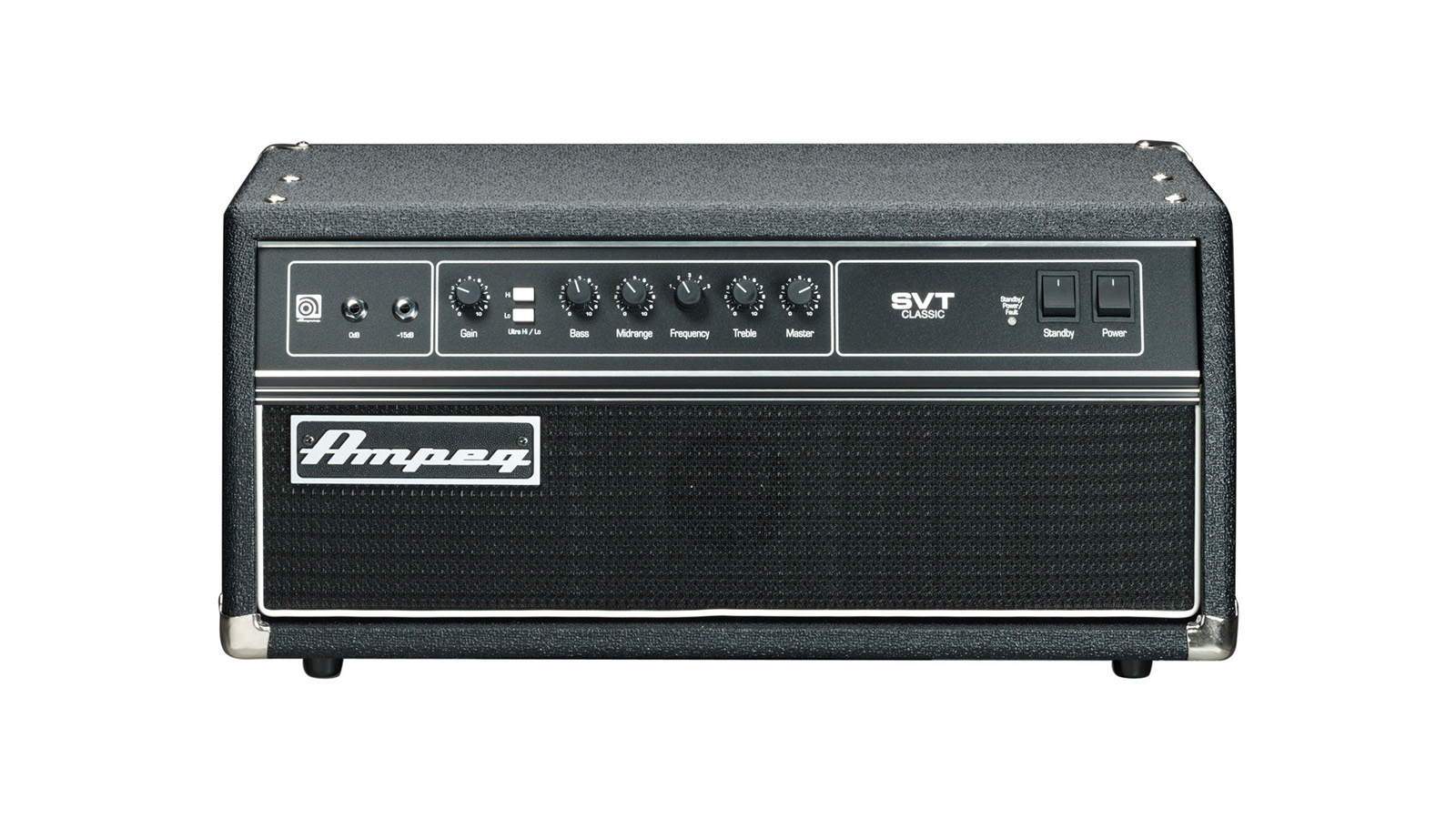
3. Ampeg SVT-CL
Our expert review:
Specifications
Reasons to buy
Reasons to avoid
Ampeg set the standard for bass amplification in the late ‘60s/early ‘70s and, alongside their 8x10 speaker cabinets, a classic bass sound was created. As a result, everyone wanted valve warmth matched with power and volume.
This amp is a recreation of the classic - and much desired - Ampeg amp. With eleven valves across the preamp, power amp and drive sections, if you're after tube performance, this is one of the best bass amps to try.
It's not packed with features and extras but then it doesn't need to be. The weight may put you off but there is no denying the enticing bass-tones on offer.
Best bass amp with effects
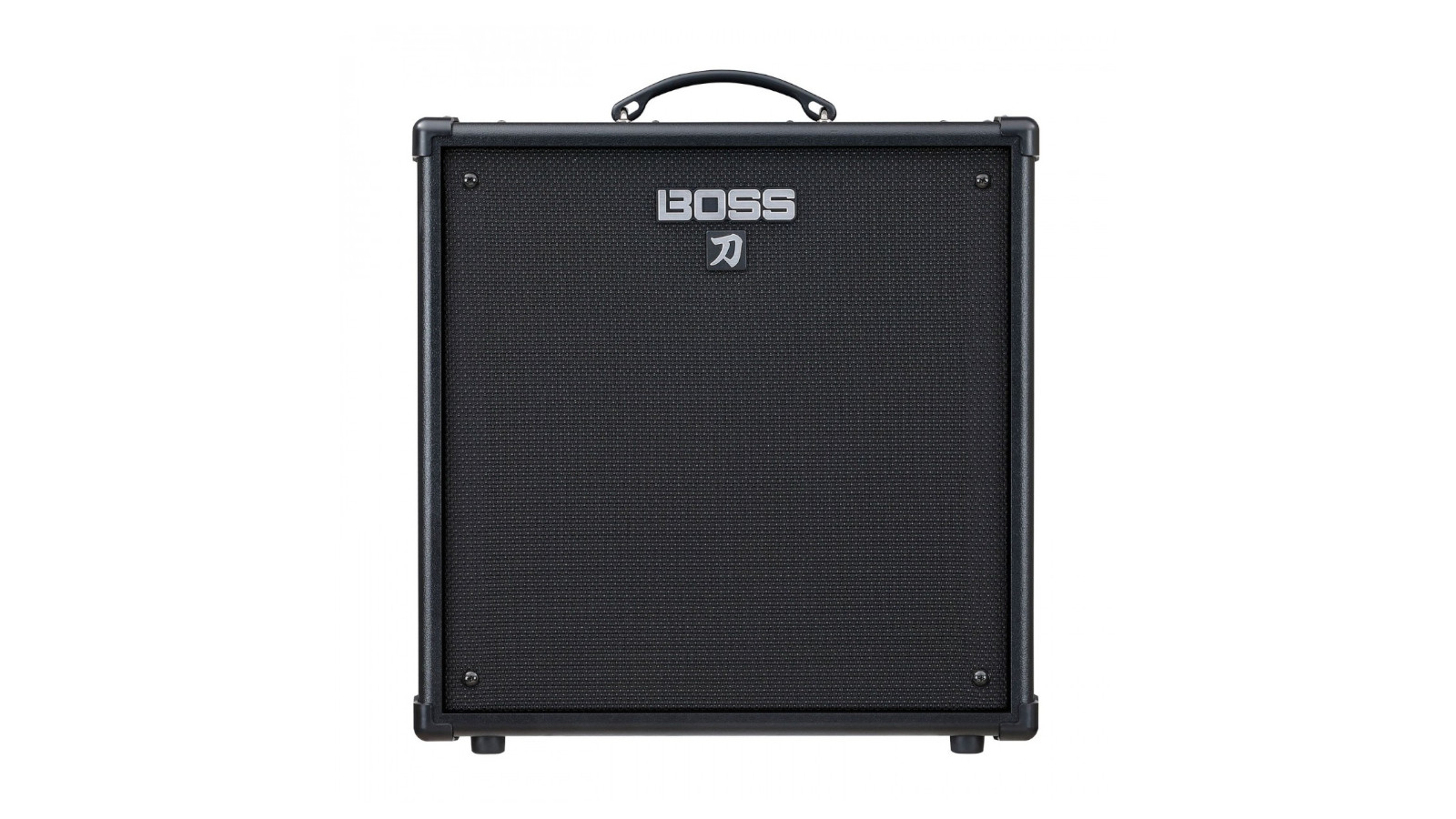
4. Boss Katana Bass 110
Our expert review:
Specifications
Reasons to buy
Reasons to avoid
Hot on the tails of the wildly successful Katana guitar amps, effects and all-round guitar technology wizards Boss finally treated us to the highly anticipated bass Katana.
This is a really versatile 60W combo, fitted with a 10” speaker, plus tweeter. There are three different amp models: Vintage, Flat and Modern, each with its own tonal character. You’ll find that certain modes will work well for different styles of music, but between all three you’ve got pretty much everything covered! You’ve then got two selectable effects for things like reverb, delay, octave, synth and loads more, plus two dedicated sections for drive and compression – absolute must-haves for so many bassists.
There’s lots of scope for shaping your EQ and your tone, so if you’re particular about your sound, then you’ll get on well with this amp. You’ve got plenty of connectivity options on the back too, meaning you can make this work as a live gigging amp (i.e. you'll need to stick it through a PA) just as much as a home practice tool.
Best for portability
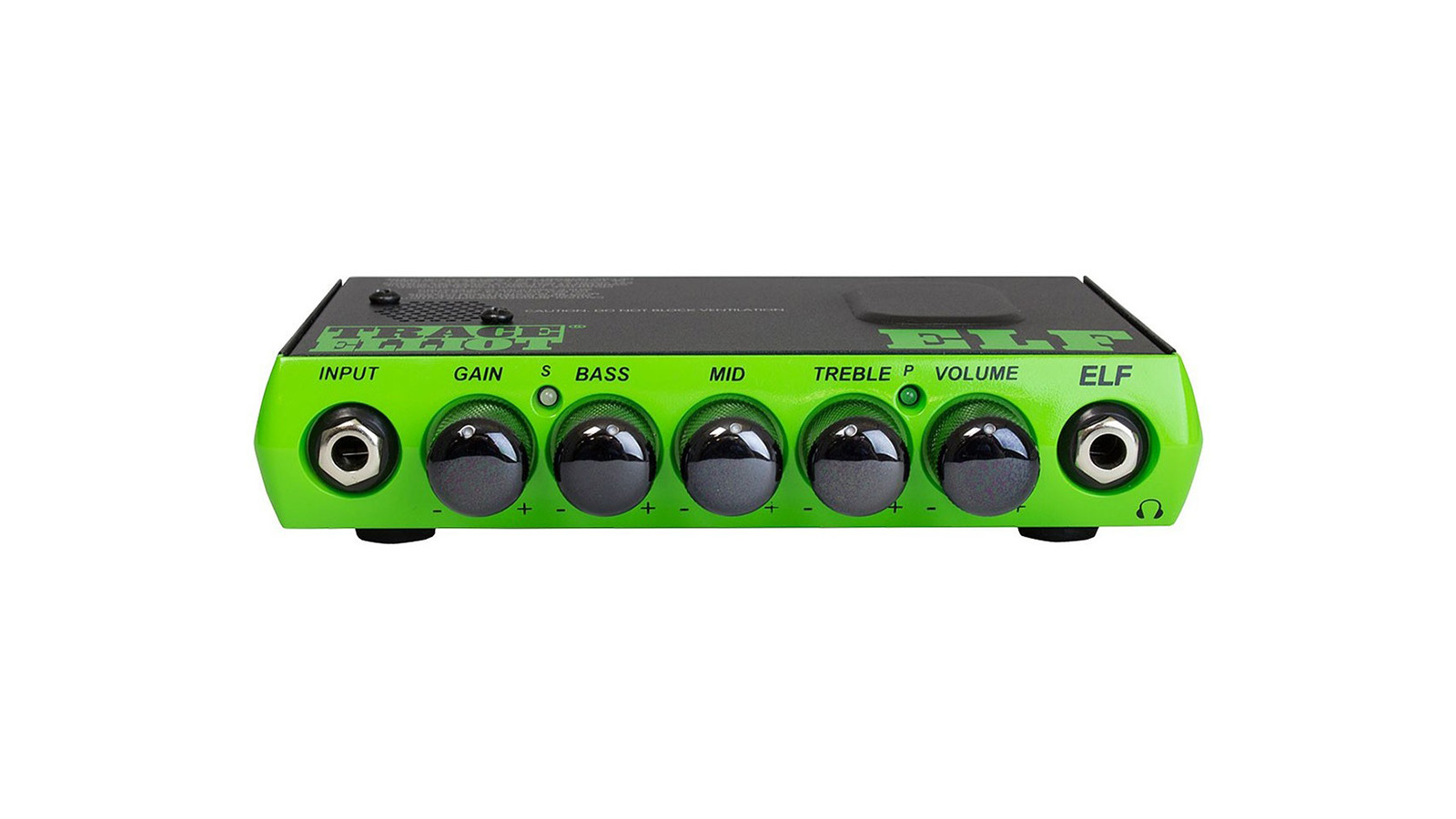
Specifications
Reasons to buy
Reasons to avoid
The resurrected Trace Elliot has much to live up to, considering what TE used to stand for in terms of bass amplification. Obviously, the Elf is a very different proposition to the leviathan TE amps of the ‘80s, but don't let its size deceive you.
Tonally, there is much to be impressed by. The limited EQ section does its job well, while the LED indicators highlight when the in-built compression and drive functionality are in operation.
The actual power on offer is very impressive; looks can be deceptive. A fine amp and a no-brainer. You could even use it as an emergency backup for your gig bag.
Read the full Trace Elliot Elf review
Best for modern tones
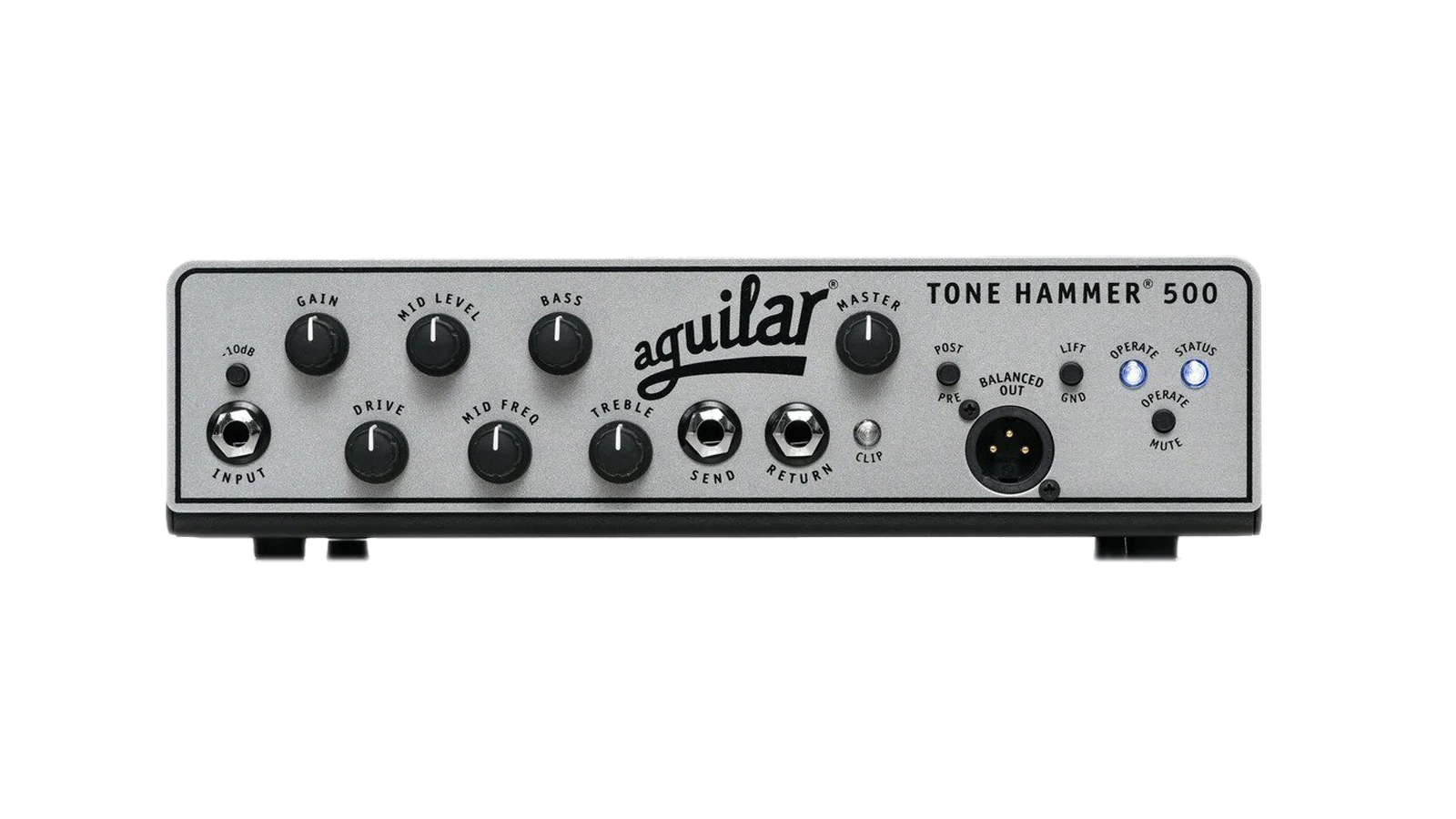
6. Aguilar Tone Hammer 500
Our expert review:
Specifications
Reasons to buy
Reasons to avoid
Probably one of the best solid-state bass amp heads money can buy, the Aguilar Tone Hammer offers fearsome bass sounds in a package that weighs practically nothing. You also get incredible versatility to dial in pretty much any bass tone you like.
The drive control works in conjunction with the EQ section to vary the tone depending on your gain settings. This means that the EQ is flatter at low gain settings but as you turn things up the bass gets tighter and the treble smooths out.
There’s plenty of movement in the EQ section too, with 14 to 16dB boosts or cuts available across the spectrum. It's the midrange where the power lies here though and with a little experimentation, you can unlock some truly powerful bass tones.
More options...
So those are our top picks, but there are many more great options to choose from that offer something a little different in terms of features and performance. We've selected some more of our favourites below.
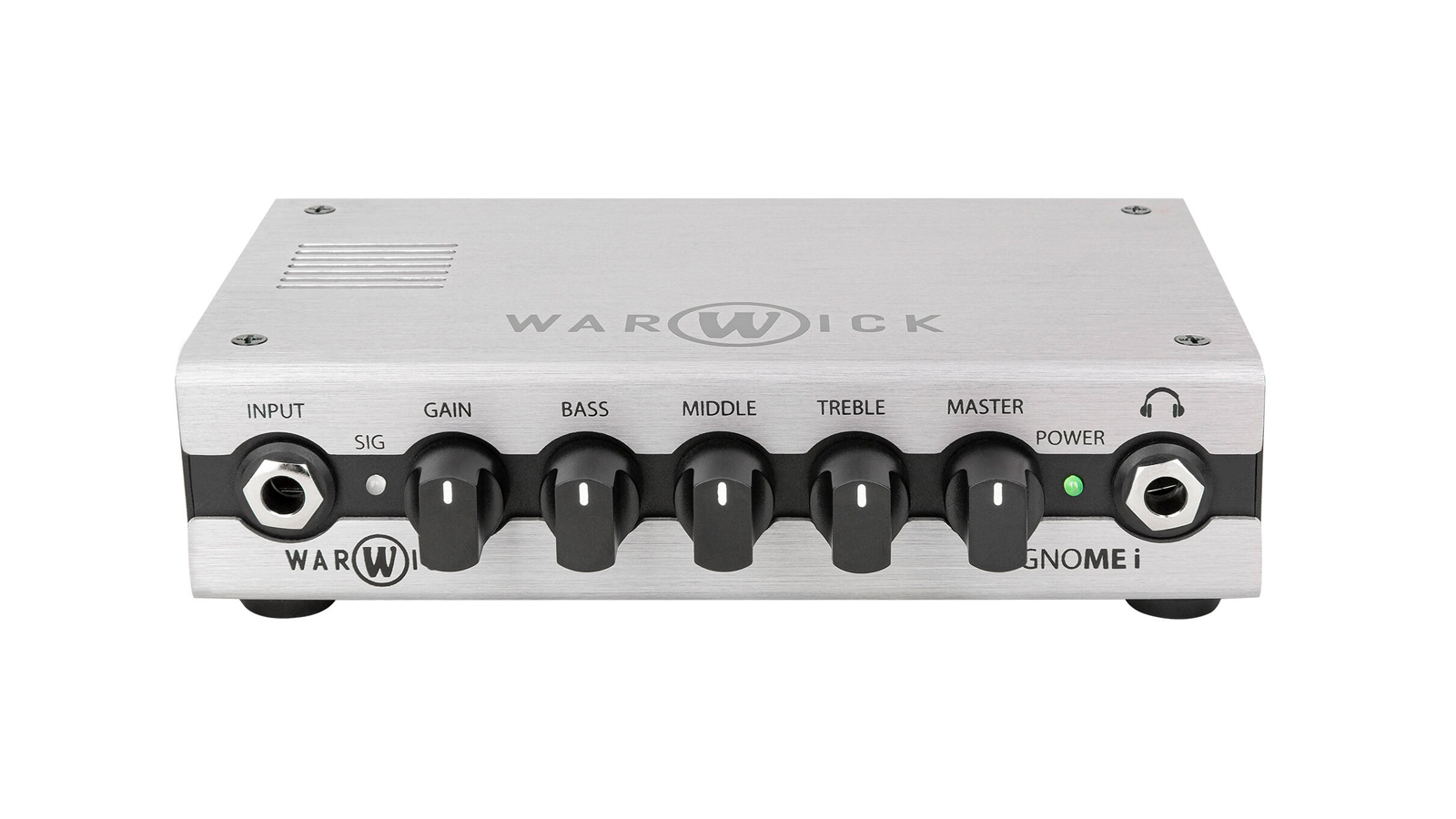
7. Warwick Gnome Head
Our expert review:
Specifications
Reasons to buy
Reasons to avoid
The Warwick Gnome is the ultimate pint-sized gigging companion. This minuscule amp weighs in at a measly 2.12Ibs and will easily fit in the pocket of your gig bag.
Don’t let its size fool you. This mighty little amp delivers a clear, crisp, clean sound with a whopping 200-watts of power. Whether you’re practicing at home or playing a small gig this fun-sized amp will be sure to keep up. The fully metal enclosure is strong enough to take a beating on the road, and XLR DI output with switchable ground lift makes it a strong amp to have by your side in the recording studio as well.
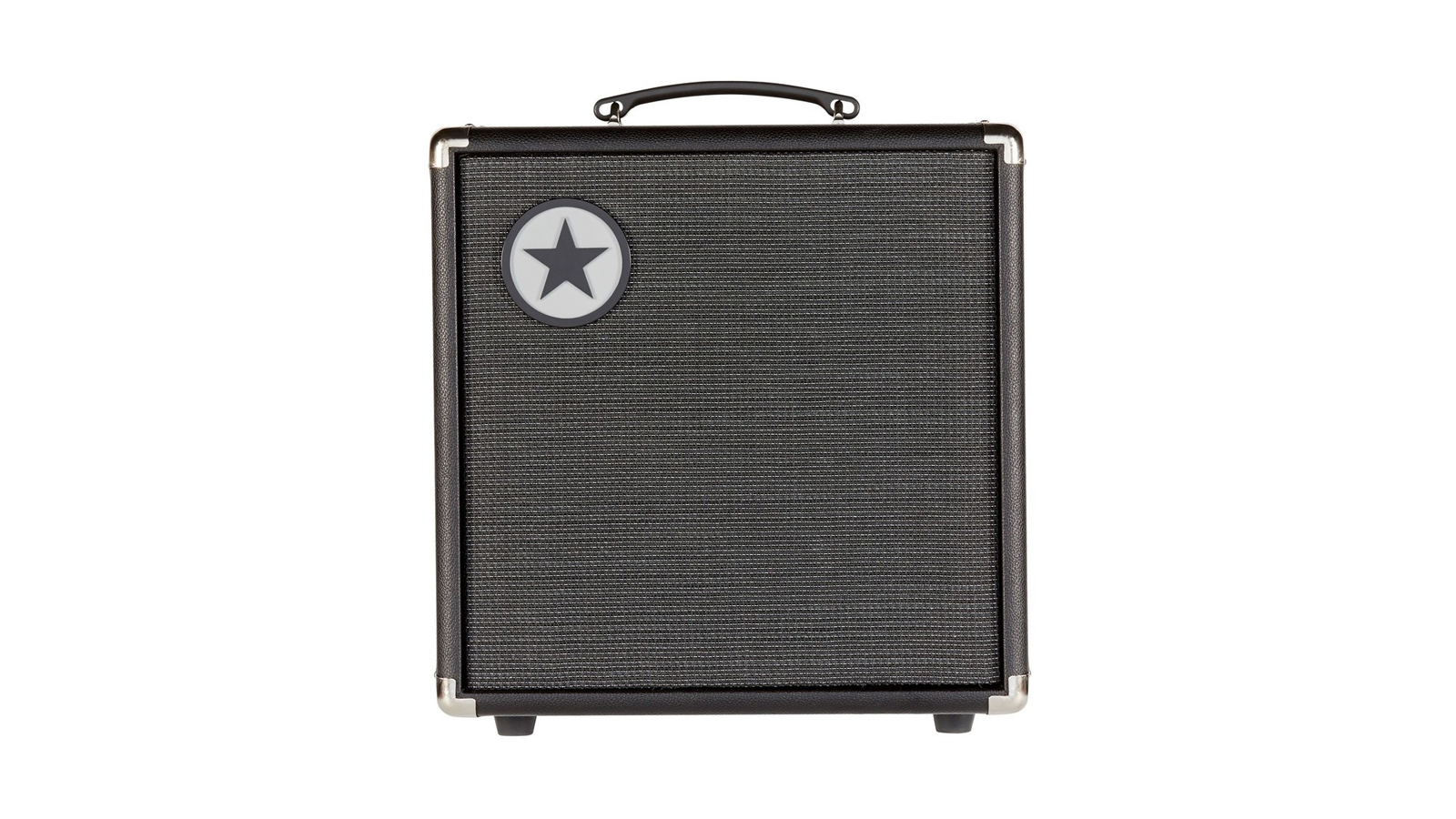
8. Blackstar Unity 30
Our expert review:
Specifications
Reasons to buy
Reasons to avoid
Blackstar may not be your first thought when it comes to amplifiers for bass guitar, but the Unity series proves they know a thing or two about reproducing thunderous low-end - and all at a price that is kind on your wallet.
This sturdy amp offers great tone-shaping options. The three different voices (classic, modern, and overdrive) cover a wide range of classic tones, and the footswitchable chorus adds a whole new dimension to your sound. As if this wasn’t enough, it also has a built-in compressor, which you can turn on with the flick of a switch.
Ultimately this is a versatile bass amp, that offers just enough features to make practicing the bass guitar at home fun, and interesting.
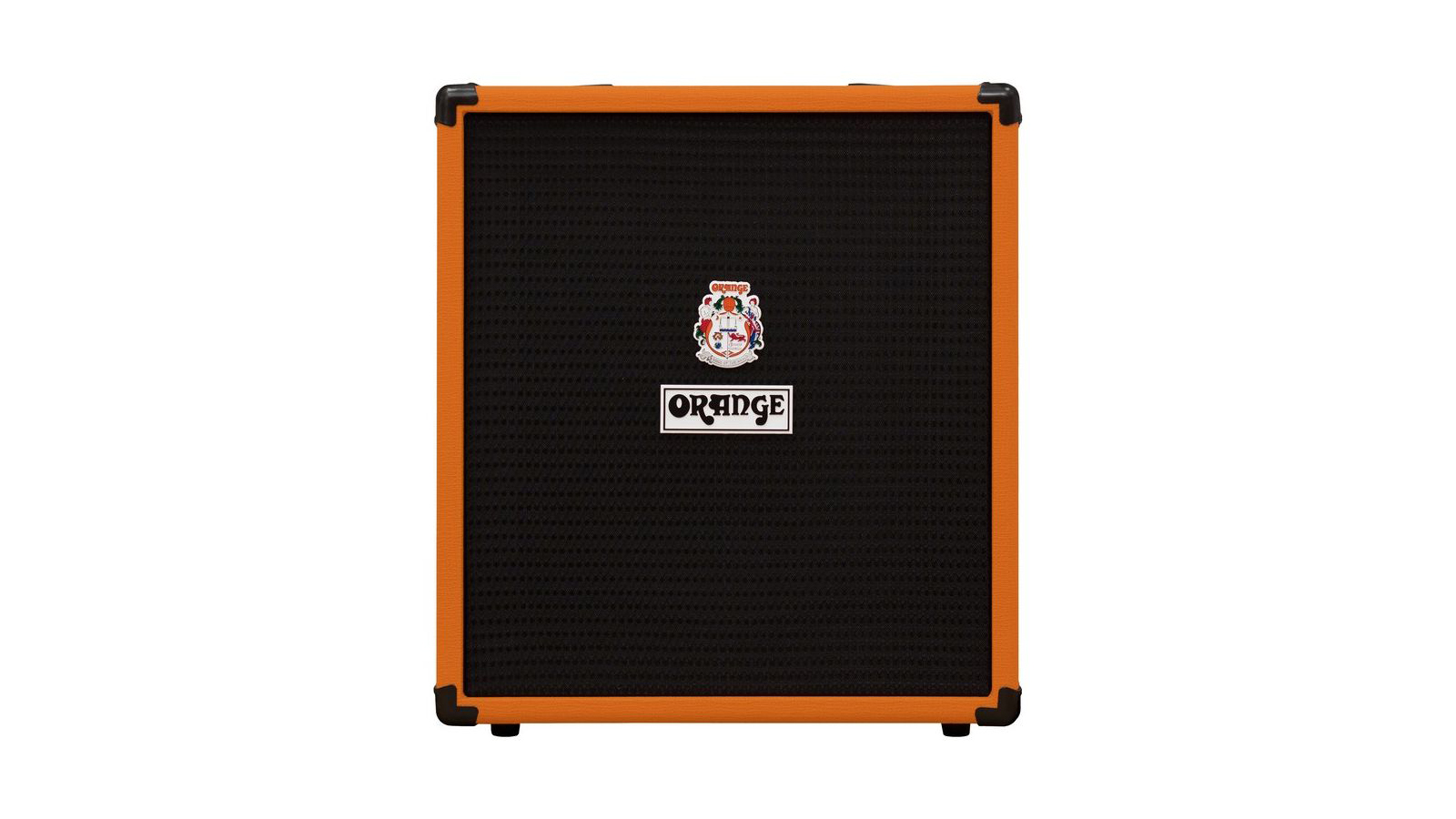
9. Orange Crush 50
Our expert review:
Specifications
Reasons to buy
Reasons to avoid
Inspired by the flagship OB1 and 4 Stroke amps, the Crush 50 delivers that iconic orange tone in a more bedroom-friendly amplifier.
This may be a budget bass amp, but the Orange Crush 50 impresses on tone. Whether you’re longing for warm modern clean sounds or crunchy vintage drive, this amp delivers. The versatile active EQ section with a sweepable parametric mid band offers the ultimate control over your sound.
One nifty feature we absolutely love on this amp is the chromatic tuner. This may not seem like a big deal, but for us, it’s one less obstacle in the way of playing the bass. Simply plug in, tune-up, and bring the thunder.
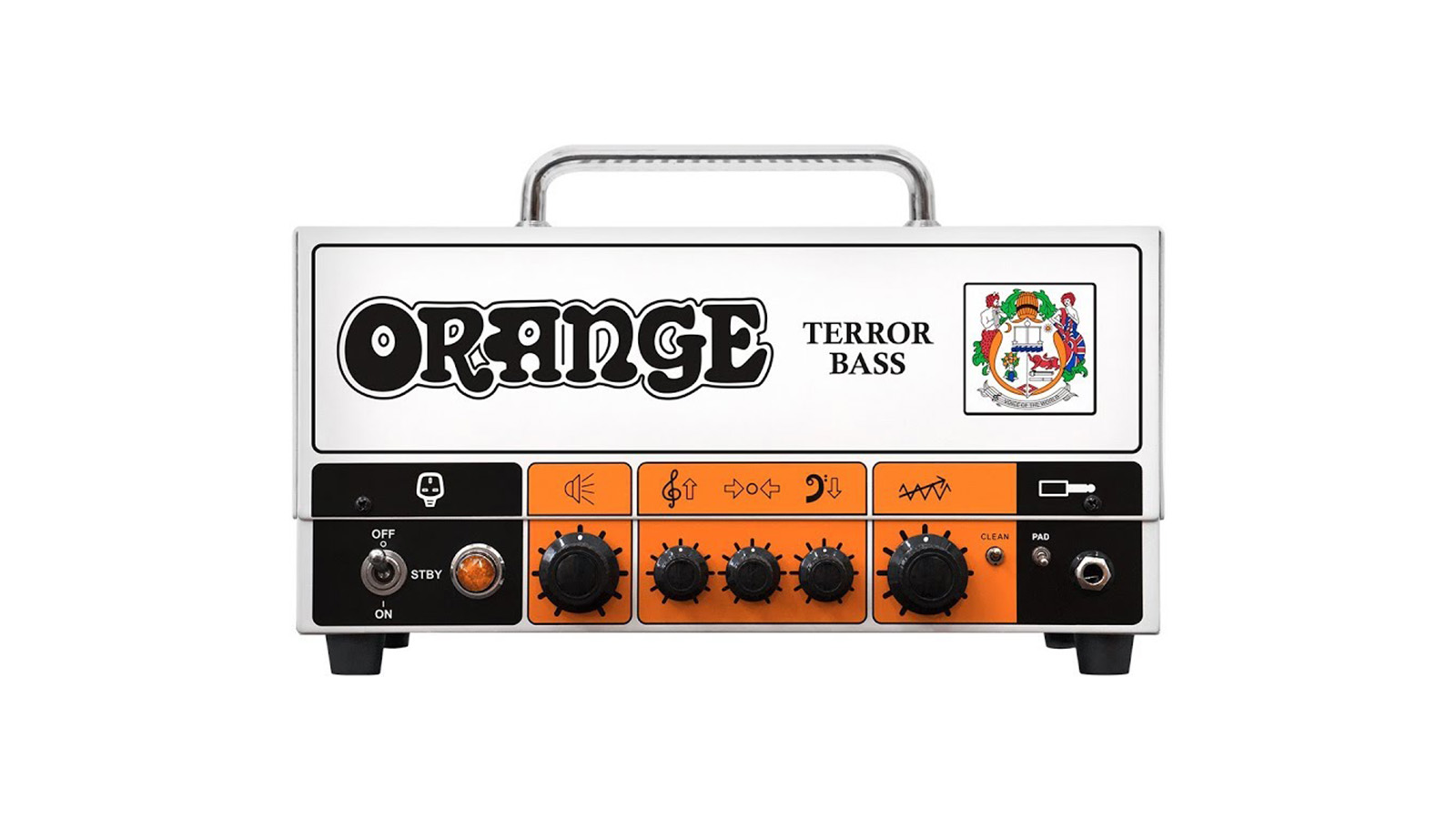
Specifications
Reasons to buy
Reasons to avoid
The original Orange Terror Bass amp built its own fanbase at a time when portable amp heads with built-in valve distortion were few and far between. This new iteration features more grind and tonal colour.
Based on the AD200 amplifier, this hybrid-design utilises a 12AX7 valve in the preamp stage and a 12AT7 valve for the Send output of the FX loop. The return input has a solid-state stage and a solid-state Class D output stage.
So, how does it sound? Well, this is a loud amp! Playing with a pick gives a great rock tone straight off the bat, while adding some distortion courtesy of the 12AX7 in the preamp produces the signature Orange tone. It’s richly coloured, with enough grind and distortion to warm the sound up, but never venturing towards a lacklustre fizz.
Read the full Orange Terror Bass Amp review
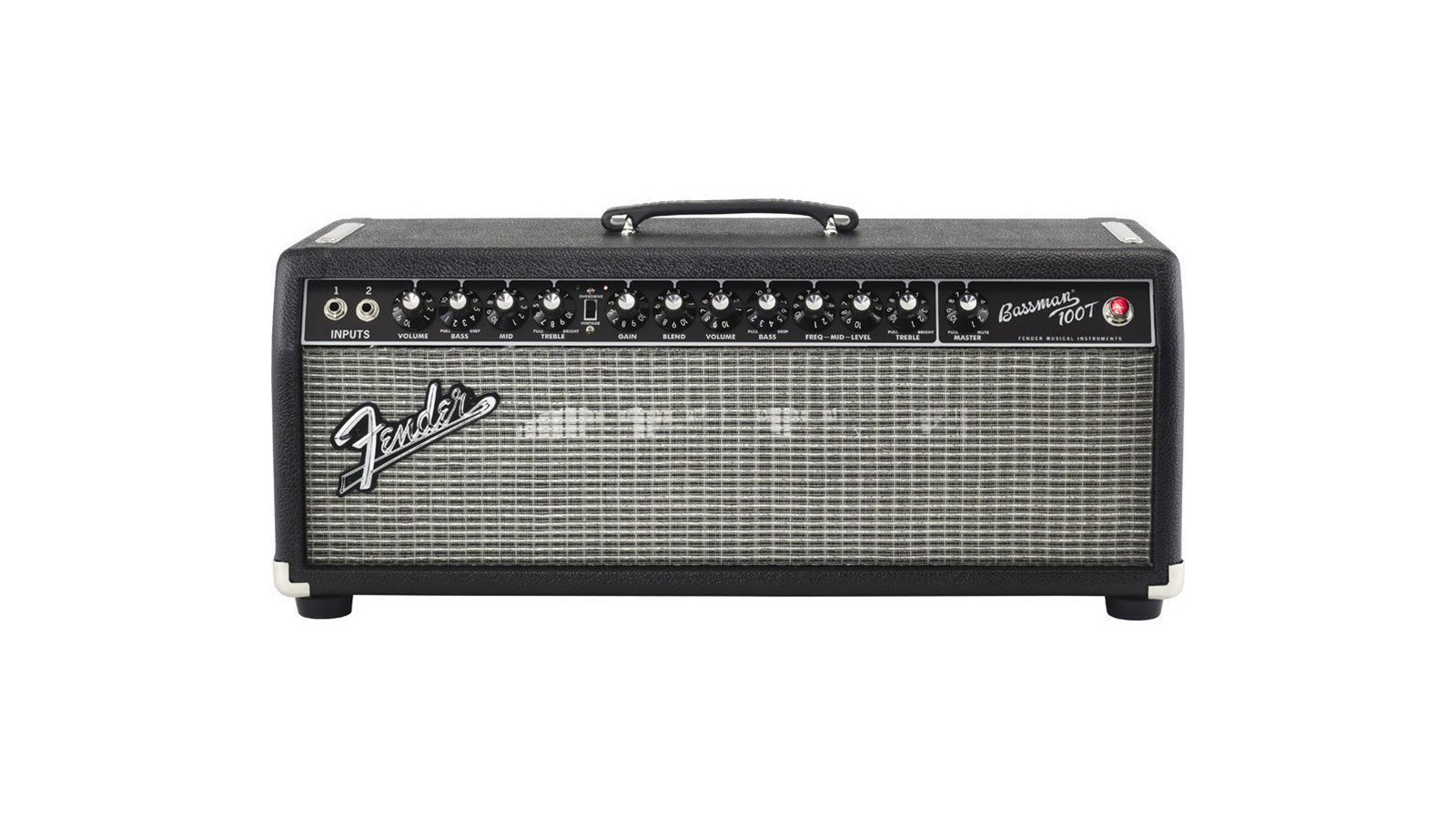
11. Fender Bassman Pro 800
Our expert review:
Specifications
Reasons to buy
Reasons to avoid
When Fender first created the Telecaster, Precision and Jazz Bass instruments, the amplification the company subsequently produced was designed to bring out the now legendary characteristics of their basses.
Over time, the bass amps fell out of favour somewhat, but this newly re-designed version of the classic Bassman amp is a breath of fresh air, with vintage valve tones courtesy of its valve-loaded preamp, a whopping 800-watts of power, all the vintage aesthetics you could wish for and a back-friendly weight to boot.
Change from clean to rich valve tones in the blink of an eye with the two-channel setup and inclusive footswitch and play your Fenders as they were meant to be heard.
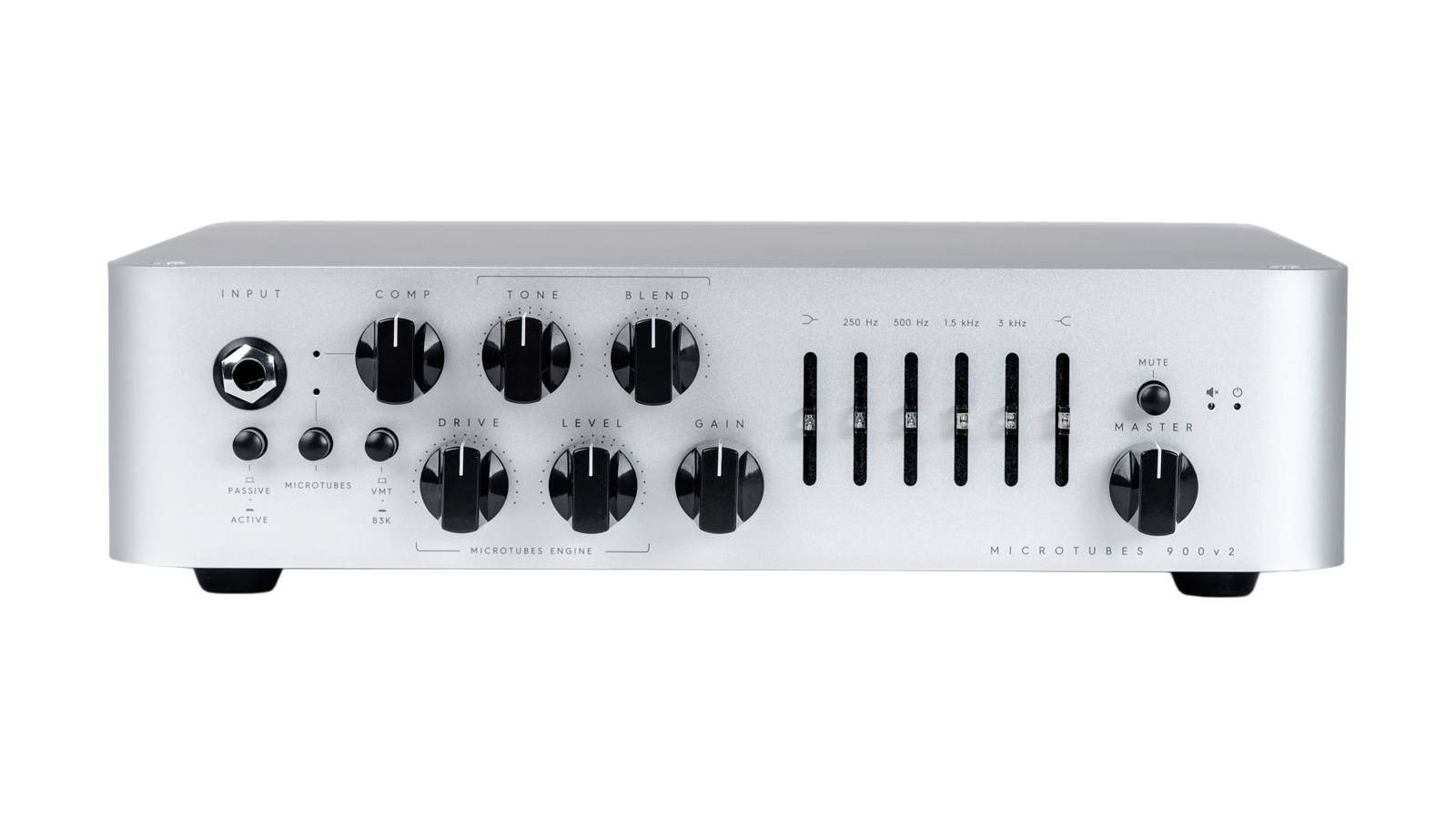
Specifications
Reasons to buy
Reasons to avoid
Darkglass makes some unfathomably powerful bass amps, with innovation and versatility at the forefront of their design ethos. The Microtubes 900 V2 is a top-of-the-range bass amp that’s equally at home on stage as it is in the studio.
The 6-band EQ section is absurdly powerful and adjusting any of the sliders will give you an instant tone change allowing for some serious tone sculpting. An onboard compression knob lets you tame the dynamics with a simple twist.
The drive control gives you another element to enliven your bass sound, with a crushing modern voice as well as one that gives you more vintage warmth. The level and gain controls ensure that you can dial in pretty much any bass tone you require.
Read the full Darkglass Microtubes 900 v2 review
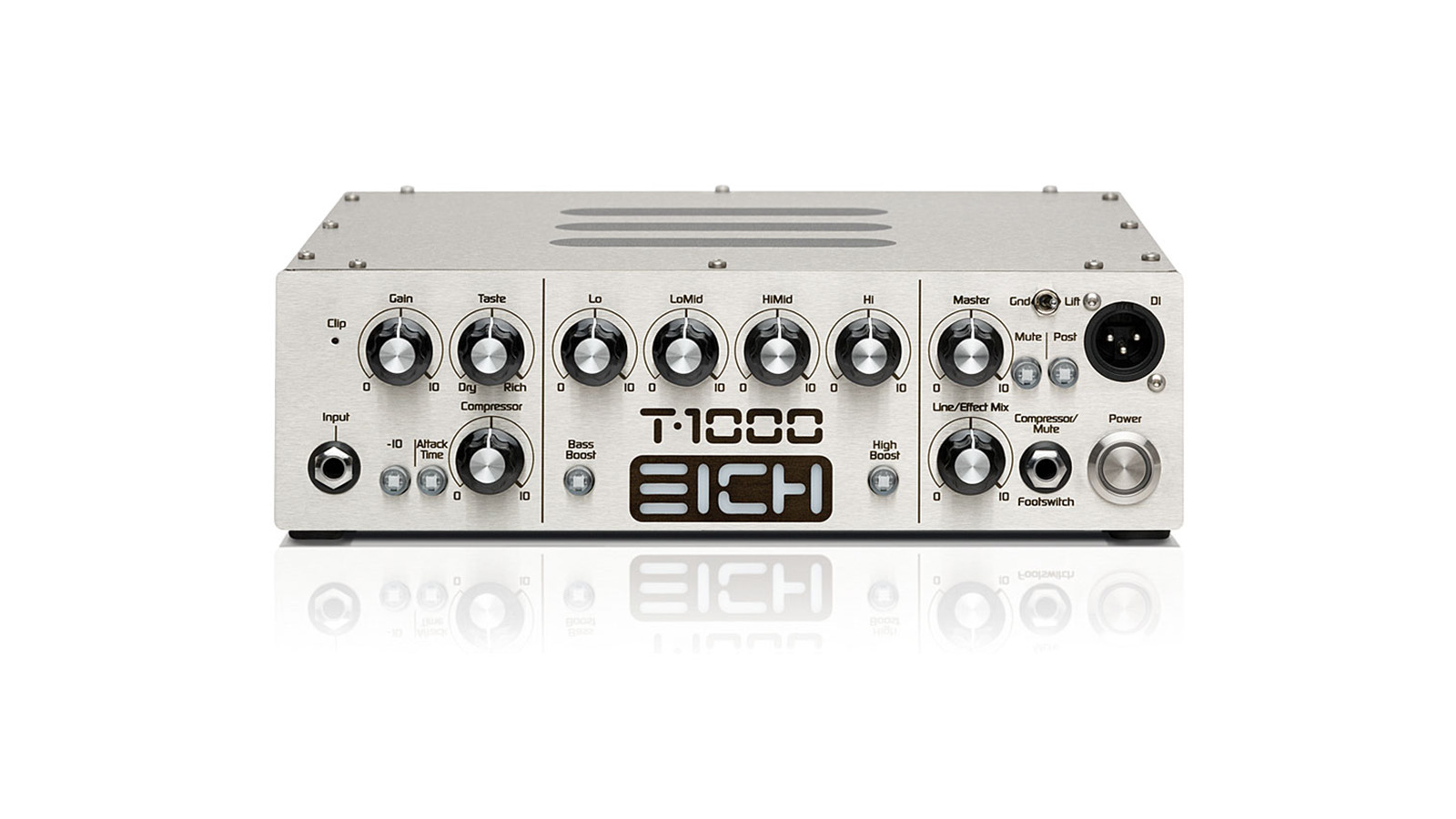
13. Eich T-1000
Our expert review:
Specifications
Reasons to buy
Reasons to avoid
Interesting features, such as the cable looping side handle and the magnetic fixing pins make the T-1000 a fully-featured, tonally flexible amp in a portable compact design.
The four-band EQ and boost features give bassists of all styles full control of their bass-tone; slap and tap players will find their performances are conveyed with power, clarity and authority while rock and pick players will appreciate the 'beefy' delivery.
Bright white LEDs illustrate which selection buttons and functions are in use and are very helpful on dark stages. A very impressive performer and a worthwhile consideration for the working bassist. Seriously good.
Read the full Eich T-1000 review
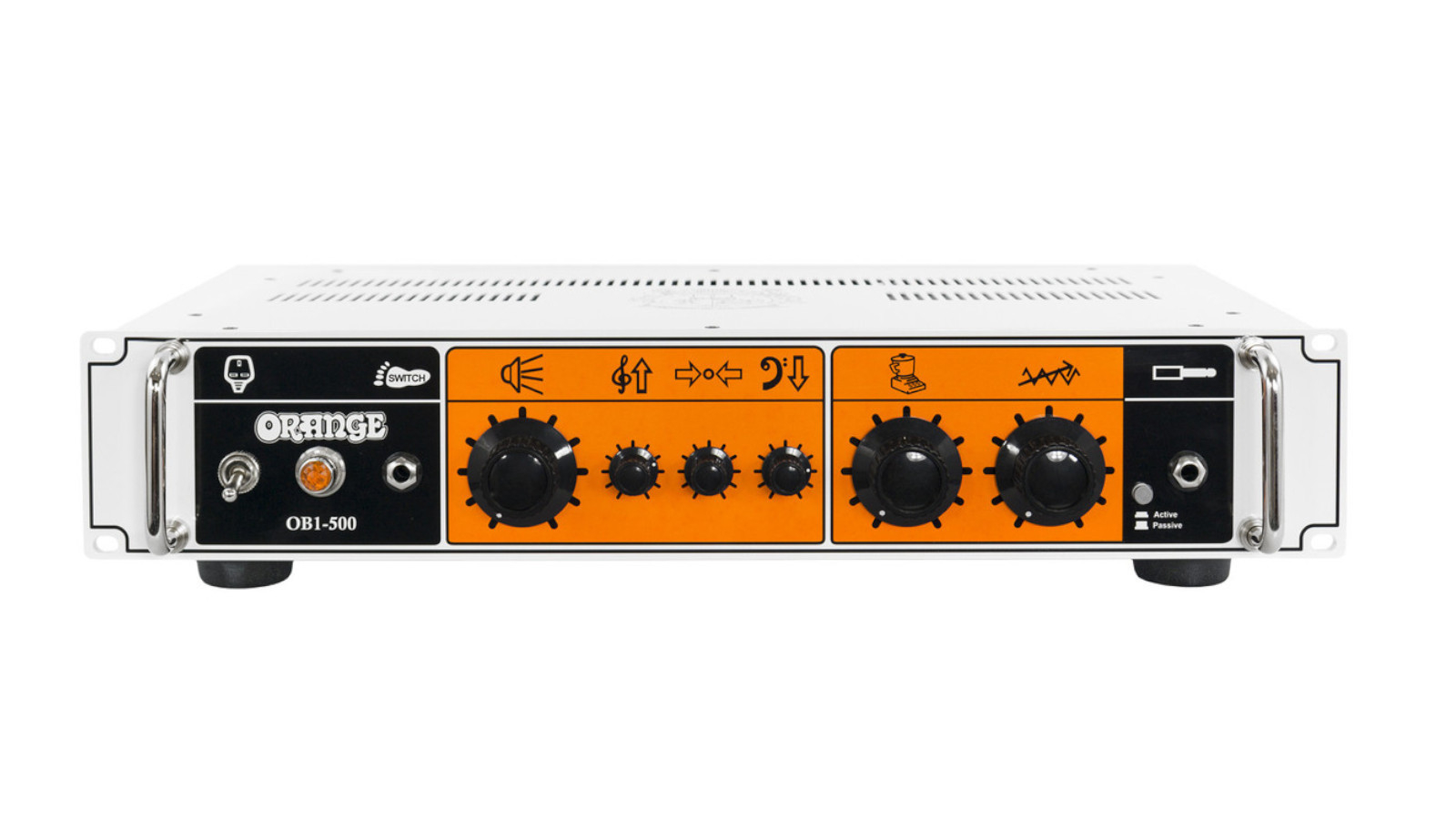
14. Orange OB1-500 Head
Our expert review:
Specifications
Reasons to buy
Reasons to avoid
All Star Wars themed puns aside, the Orange OB1 is a really cool amp. It allows you to essentially get the tone of both a bass amp and a guitar amp, as inspired by the whole ‘bi-amp’ thing (i.e. running your bass through two amps). This aside, the clean sound on its own is really good; giving you plenty of warm, low-end punch and clarity.
When you engage the gain (which can be done via footswitch too), it adds more harmonic content to the upper frequencies. It’s like you’re sticking an overdrive pedal on the top end while leaving the low end intact so that you never lose clarity or that all important punch. You can control the gain, choosing how much distortion to add to your signal, and also by how much it is blended in. These two knobs give you huge scope for crafting all sorts of different tones – from subtle tube-style grit to all-out fuzzy chaos.
Add to that a balanced XLR output for sending your signal to front of house, line output and a rack mountable chassis and you’ve got yourself a bi-amp style rig in a convenient, compact unit.
Best bass amps: Buying advice
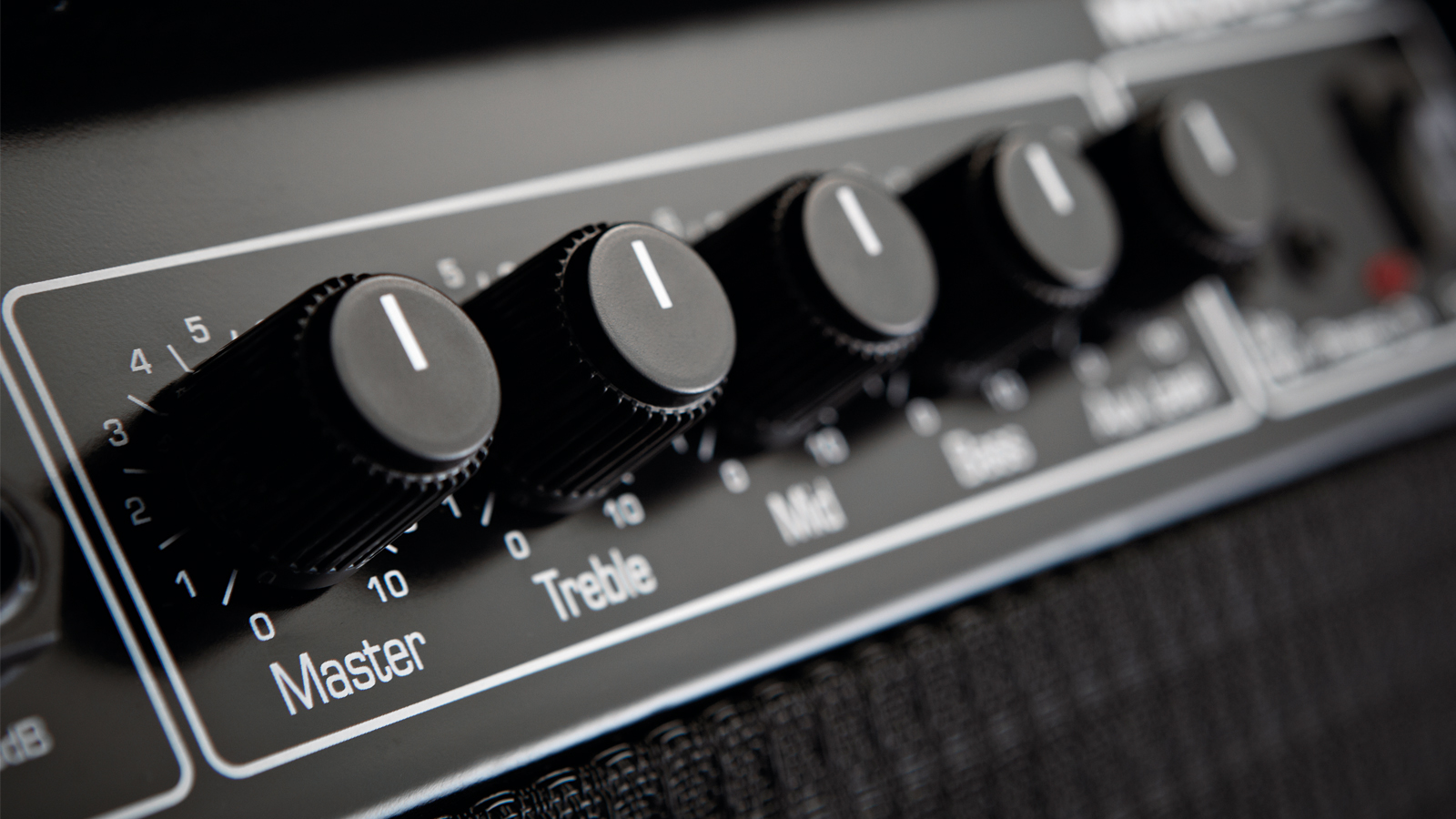
Choosing the best bass amp for you
If you’re on the lookout for the best bass amp, then you’ll want to carefully consider a few things to make sure you get the most out of your money. After all, what’s right for someone wanting to play huge gigs probably isn’t right for someone else wanting something compact for home practice.
What wattage is what?
Think about where and in what context you’ll be using it. If you need something that can put out enough power for gigs, then you’ll likely want something that’s at least 100W. It depends on the situation at the gig, but sometimes you might not be put through the PA system, in which case, the more power you’ve got, the better. You don’t necessarily need to use it all, but ideally, you don’t want to be running your amp at full volume all the time.
Most gigging amps have a DI on board, so you can send your signal to the PA, but it’s still nice to have enough volume on tap to create some on-stage rumble.
Conversely, if you’re looking for an amp to keep at home, then something with a lower wattage is going to be ideal. You won’t need tons of volume, and you don’t want to be paying for power that you don’t need. If it’s a solid state amp you’re looking at, then you can run a big, powerful amp at low volumes and it will still sound okay, but it’s worth thinking about the size and how much space it’s going to take up.
Head or combo?
All of the best bass amps come in either a head or combo format, or in some cases both. A head requires an external speaker cab to get any sound from – this can be good and bad, depending on the situation. Obviously, it means there’s another thing to think about when you want to use the amp, but for playing shows, many bands will share a bass cab, meaning that sometimes, you only need to bring your head. Some venues might even have a house cab that you can use.
For others though, a combo is the way to go. Your amp and speaker are all in one unit, and you’re ready to create some bassy rumblings with just that one thing. Well, that and your bass.
Other features to consider
There are all sorts of different features that can be found on the best bass amps nowadays. Some might have blendable overdrive or a second channel that lets you dial in a grittier sound either for heavier styles of music or for just a different texture. Some might have effects built in – compression can be especially handy for so many different styles of music.
Connectivity options are also worth considering. An XLR output for a DI is commonplace on bass amps, which is especially useful for hooking up to a PA system. You might also find auxiliary inputs for playing your external music devices through your amp, line outputs for sending the signal elsewhere, or maybe even a USB output for direct recording.
How we choose products
Here at MusicRadar, we are experts in our field, with many years of playing, creating and product testing between us. We live and breathe everything music gear-related, and we draw on this knowledge and experience of using products in live, recording and rehearsal scenarios when selecting the products for our guides.
When choosing what we believe to be the best bass amps available right now, we combine our hands-on experience, user reviews and testimonies and engage in lengthy discussions with our editorial colleagues to reach a consensus about the top products in any given category.
First and foremost, we are musicians, and we want other players to find the right product for them. So we take into careful consideration everything from budget to feature set, ease of use and durability to come up with a list of what we can safely say are the best bass amps on the market right now.
Find out more about how we test music gear and services at MusicRadar.
Related buyer's guides
- The best bass strings for all budgets
- The best guitar tuners for guitarists and bassists
- The best bass guitars available today
- Small budget? These are the best cheap bass guitars around
- Get started with the best beginner bass guitars
- Nail the perfect live tone with the best DI boxes
- Check out these gifts for guitarists
Get the MusicRadar Newsletter
Want all the hottest music and gear news, reviews, deals, features and more, direct to your inbox? Sign up here.
Chris Corfield is a journalist with over 12 years of experience writing for some of the music world's biggest brands including Orange Amplification, MusicRadar, Guitar World, Total Guitar and Dawsons Music. Chris loves getting nerdy about everything from guitar and bass gear, to synths, microphones, DJ gear and music production hardware.
- Mike Brooks
- Daryl RobertsonSenior Deals Writer
- Matt McCrackenJunior Deals Writer
“Its mission is simple: unleash the power of any amplifier or line-level source without compromise”: Two Notes promises a “watershed” in tube amp control with the Torpedo Reload II
“A pedal that sings with harmonic richness and blooming touch response”: Tone King offers up boutique tube amp tones for your pedalboard with the Imperial Preamp
